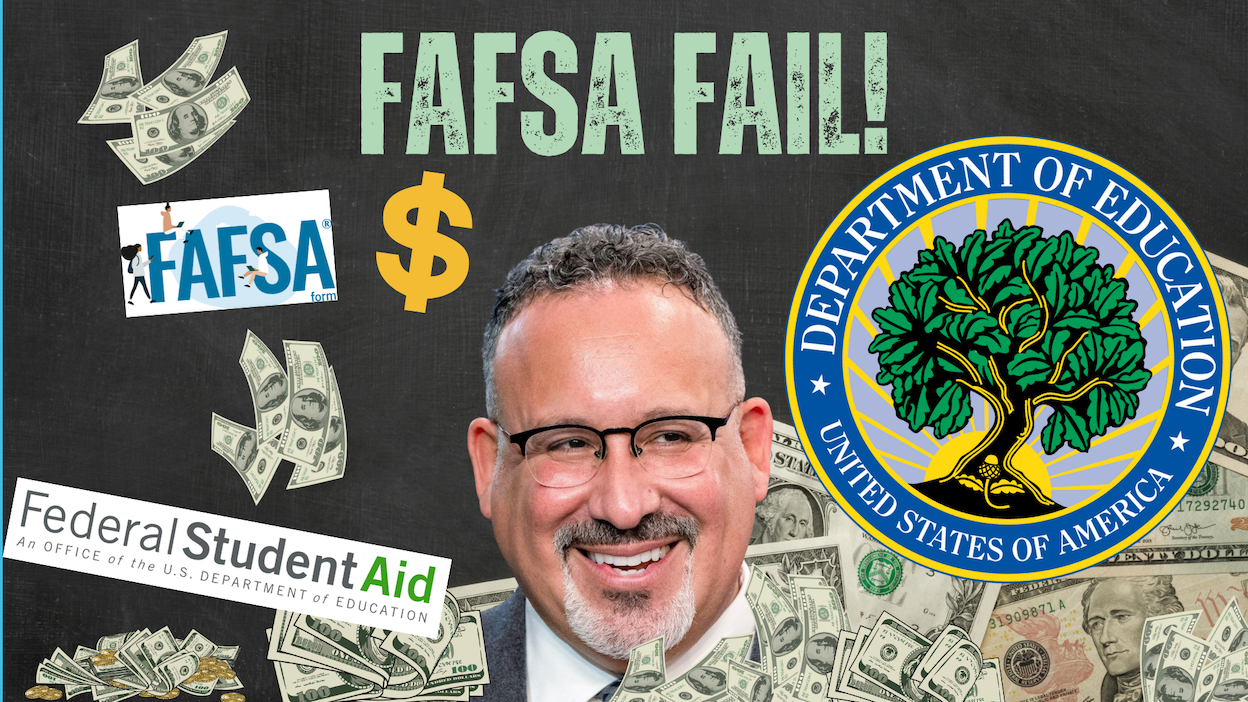 Embarking on higher education is a significant milestone that offers numerous opportunities for personal and professional growth. However, it also brings forth financial responsibilities that require careful consideration and planning.
Embarking on higher education is a significant milestone that offers numerous opportunities for personal and professional growth. However, it also brings forth financial responsibilities that require careful consideration and planning.
Understanding the financial landscape of higher education is crucial for students aiming to manage their finances effectively and minimize debt.
Understanding Student Debt: A Comprehensive Overview
Pursuing a college degree often necessitates taking on student loans, which can lead to substantial debt upon graduation. In the United States, student loan debt has reached alarming levels, with borrowers collectively owing over $1.7 trillion as of 2025. The average student loan debt per borrower stands at approximately $37,056, highlighting the importance of understanding the implications of borrowing for education.
Student loans generally fall into two categories: federal and private. Federal loans, funded by the government, often come with advantages like fixed interest rates and income-driven repayment options. In contrast, private loans are issued by private lenders and may feature variable interest rates with less flexible repayment terms.
Students need to comprehend the terms and conditions of any loan they consider, including interest rates, repayment schedules, and potential fees.
To gain a deeper understanding of student debt, repayment options, and financial planning, students can learn more about student debt in detail by visiting https://www.sofi.com/student-debt-guide/. Taking the time to research financial aid opportunities and alternative funding sources can significantly impact a student’s long-term financial health.
Budgeting and Financial Planning During College
Effective budgeting is a cornerstone of financial responsibility for college students. Creating a realistic budget involves tracking income sources, such as financial aid, part-time job earnings, and parental support, against expenses like tuition, housing, food, transportation, and personal items. By maintaining a balanced budget, students can avoid unnecessary debt and develop healthy financial habits.
Utilizing budgeting tools and apps can simplify the process of managing finances. These tools help students monitor their spending, set financial goals, and receive alerts when they approach their spending limits. Regularly reviewing and adjusting the budget ensures that it remains aligned with changing financial circumstances.
Building an emergency fund is another critical aspect of financial planning. Setting aside funds for unexpected expenses, such as medical emergencies or car repairs, can prevent the need to rely on high-interest credit cards or additional loans. Even a modest emergency fund can provide a financial safety net and contribute to long-term financial stability.
Students should also be mindful of discretionary spending. Limiting expenses on non-essential items, such as dining out, entertainment, and luxury purchases, can free up resources for essential needs and savings. Seeking out student discounts, buying used textbooks, and utilizing campus resources can further reduce costs.
Managing Credit and Avoiding Common Pitfalls
Maintaining strong credit is essential for future financial goals, including renting an apartment, buying a car, or securing lower interest rates on loans. Students can build credit by using a credit card responsibly, making sure to pay off the balance in full each month to prevent interest charges and debt buildup.
It’s important to understand the factors that influence credit scores, including payment history, credit utilization, length of credit history, and types of credit used. Regularly monitoring credit reports can help identify errors or fraudulent activity early, allowing for prompt resolution.
Avoiding common financial pitfalls is essential for maintaining financial health. One such pitfall is lifestyle inflation, where increased income leads to increased spending. By keeping expenses consistent even as income grows, students can allocate more funds toward savings and debt repayment. Another common mistake is neglecting to plan for large, infrequent expenses, such as car insurance premiums or holiday gifts. Including these items in the budget can prevent financial strain when they arise.
Additionally, students should be cautious about co-signing loans or credit agreements. Co-signing makes the individual equally responsible for the debt, and any missed payments can negatively impact their credit score. It’s crucial to fully understand the responsibilities and risks associated with co-signing before agreeing to it.
Planning for Post-Graduation Financial Obligations
As graduation approaches, it’s important for students to prepare for the financial responsibilities that come with transitioning into the workforce. This includes understanding the terms of student loan repayment, such as the start date, monthly payment amount, and available repayment plans. Federal loans often offer various repayment options, including standard, graduated, and income-driven plans, which can be tailored to fit different financial situations.
Creating a post-graduation budget that accounts for new expenses, such as rent, utilities, transportation, and professional attire, is essential. This budget should also include allocations for student loan repayments, savings, and retirement contributions. Starting to save for retirement early can significantly impact long-term financial security due to the benefits of compound interest.
Exploring employer benefits, such as retirement plans with employer matching, health insurance, and professional development opportunities, can enhance financial well-being. Taking full advantage of these benefits can provide substantial value beyond the base salary.
Networking and continuous skill development can also lead to career advancement and increased earning potential. Investing time in building professional relationships and acquiring new competencies can open doors to opportunities that enhance financial stability.
The Long-Term Impact of Student Loan Debt on Financial Stability
Student loan debt does not just affect borrowers in the short term—it has long-lasting consequences on financial stability. Graduates carrying significant loan balances may find it challenging to achieve major financial milestones, such as purchasing a home, starting a business, or investing for retirement. The obligation to make monthly loan payments can limit discretionary income, making it difficult to build savings or establish a financial safety net.
One of the key concerns for borrowers is how student loan debt influences credit scores. Late or missed payments can significantly impact credit ratings, making it harder to qualify for favorable interest rates on mortgages, auto loans, or credit cards. Additionally, high debt-to-income ratios can be a barrier when applying for new lines of credit.
To mitigate the financial burden, many borrowers explore repayment strategies such as refinancing, consolidation, or income-driven repayment plans. These options can help lower monthly payments, but they may extend the repayment period and increase the overall interest paid.
For long-term financial success, borrowers should prioritize making consistent payments, minimizing unnecessary expenses, and gradually increasing savings to create financial security despite student loan obligations.
All in all, navigating the financial responsibilities associated with higher education requires careful planning, disciplined budgeting, and informed decision-making. By understanding student debt, implementing effective financial strategies during college, managing credit wisely, and preparing for post-graduation obligations, students can build a strong foundation for long-term financial health.
 Hey Seniors – greetings from the College Guy!
Hey Seniors – greetings from the College Guy! The Free Application for Federal Student Aid (
The Free Application for Federal Student Aid ( While Free Application for Federal Student Aid (FAFSA) delays have slowed the financial aid awarding process at colleges and universities across the United States, and though FAFSA results are delayed until mid-March, Elon University has begun posting financial aid offers for families who have submitted the CSS Profile.
While Free Application for Federal Student Aid (FAFSA) delays have slowed the financial aid awarding process at colleges and universities across the United States, and though FAFSA results are delayed until mid-March, Elon University has begun posting financial aid offers for families who have submitted the CSS Profile. Early Decision II applicants to Boston College will be notified of whether or not they’ve been admitted this evening, Tuesday, February 6, 2024. The news will be delivered through applicants’ Applicant Status Portals, and admitted students living in the United States will also receive paper copies of their admission packets through the US Postal Service.
Early Decision II applicants to Boston College will be notified of whether or not they’ve been admitted this evening, Tuesday, February 6, 2024. The news will be delivered through applicants’ Applicant Status Portals, and admitted students living in the United States will also receive paper copies of their admission packets through the US Postal Service.



 If one sentence could sum up the state of financing an American college education in 2024 it would be, “The more things change the more things stay the same.”
If one sentence could sum up the state of financing an American college education in 2024 it would be, “The more things change the more things stay the same.” Pell Grants
Pell Grants



